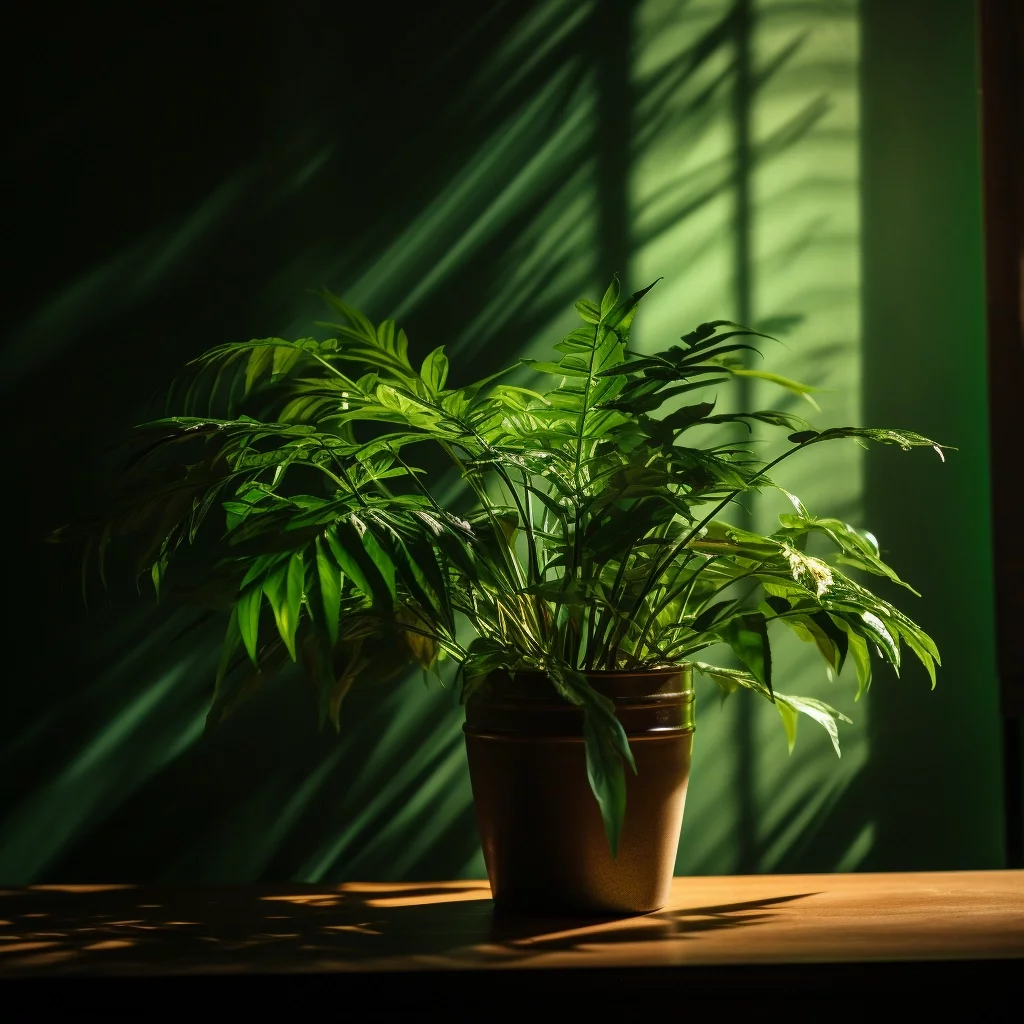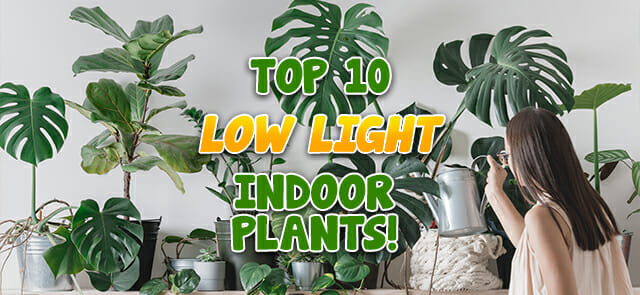How to Care for the Best Low-Light Indoor Plants in Any Environment
How to Care for the Best Low-Light Indoor Plants in Any Environment
Blog Article
Discover the Special Benefits of Low-Light Indoor Plants for Your Living Space
Including low-light interior plants right into your living area offers a multitude of benefits that prolong much beyond simple appearances. These sturdy plants not just thrive in atmospheres with limited sunshine but likewise offer essential features such as air purification and moisture improvement.
Air Purification Advantages
Low-light interior plants not only boost the visual appeal of living areas however likewise play a substantial function in air filtration. Study has actually shown that certain plant varieties can properly get rid of usual interior contaminants, including trichloroethylene, formaldehyde, and benzene. These compounds frequently rise from family things such as furniture, cleansing items, and structure materials, contributing to interior air high quality issues.
Plants such as the snake plant, pothos, and tranquility lily are particularly skilled at filtering unsafe substances from the air while thriving in low-light conditions. The procedure of phytoremediation, where plants soak up and metabolize contaminants, enables these types to add significantly to a healthier interior atmosphere. In addition, via photosynthesis, plants release oxygen, additionally boosting air top quality.
Incorporating low-light indoor plants right into office or home rooms not just provides aesthetic advantages but also offers as a sensible technique for improving air quality. By picking the appropriate types, individuals can produce a setting that promotes wellness and minimizes exposure to hazardous toxins, making these plants a necessary element in modern-day interior living.

State Of Mind Enhancement Effects
Various studies have actually revealed that incorporating indoor plants can significantly boost mood and general emotional wellness. The presence of greenery in indoor environments has actually been connected to lowered stress levels, enhanced feelings of peace, and improved psychological health. Low-light interior plants, particularly, prosper in atmospheres where natural light is restricted, making them ideal for various living rooms.
Research study shows that interacting with plants can boost the release of serotonin, a neurotransmitter associated with sensations of happiness and well-being. Additionally, the act of taking care of plants fosters a sense of responsibility and achievement, more adding to favorable mental health and wellness end results. Low-light plants such as serpent plants, pothos, and tranquility lilies have actually been revealed to boost air top quality, which is inherently linked to mood enhancement.
Including these plants right into your home or workplace can produce a peaceful atmosphere, providing a visual and sensory retreat from the stress of every day life - Best low-light indoor plants. As people invest increasing quantities of time inside your home, the mood-enhancing effects of low-light interior plants come to be a lot more important, offering not only aesthetic appeal however additionally an extensive effect on psychological wellness
Reduced Maintenance Demands
For those looking for to improve their indoor spaces without a significant time dedication, low-light indoor plants are an ideal choice because of their reduced maintenance demands. These durable plants flourish in less-than-ideal lighting problems, making them best for homes and workplaces where natural sunshine is restricted.

Pest resistance is an additional advantage of low-light indoor plants. Several varieties are much less at risk to typical bugs, reducing the additional hints requirement for constant tracking and treatment. Moreover, these plants generally expand more gradually than their high-light counterparts, meaning much less constant repotting and trimming are needed.
Visual Allure and Convenience

Furthermore, these plants can be set up in myriad ways, whether in teams for a lavish impact or as standalone attributes to attract the eye. The choices of planter designs-- from smooth ceramic pots to rustic wooden containers-- further enhance their aesthetic worth, enabling property owners to express their personal design.
In addition, low-light plants can be purposefully positioned in locations that may otherwise feel overlooked, such as corners or poorly lit shelves, thus optimizing their ornamental potential. Ultimately, the mix of their striking look and convenience makes low-light interior plants a beneficial addition to any home, producing an inviting ambience that advertises well-being and relaxation.
Enhanced Humidity Degrees
Enhancing interior moisture degrees is among the considerable benefits of including low-light interior plants into living rooms. These plants naturally launch moisture vapor via a process understood as transpiration, which happens when water soaked up by the origins moves via the plant and vaporizes from the leaves. This process not just increases moisture yet also adds to a healthier interior atmosphere.
Better humidity degrees can ease different health problems, such as dry skin, respiratory issues, and allergies. Lots of individuals experience pain in dry indoor problems, particularly more info here throughout cold weather when home heating systems remain in usage. By purposefully putting low-light plants throughout your home, you can produce a more balanced moisture degree that cultivates total wellness.
Additionally, certain low-light interior plants, like tranquility lilies and crawler plants, are especially efficient at raising humidity. Their capacity to thrive in low-light settings makes them perfect for useful source different spaces, from offices to bed rooms. In enhancement to enhancing moisture, these plants can likewise enhance air quality by removing typical interior toxins, making them a valuable addition to any kind of space. Therefore, low-light indoor plants serve both visual and practical functions, advertising a healthier environment.
Verdict
In recap, low-light interior plants provide numerous benefits that contribute to a much healthier and more inviting living room. Including these resistant plants right into indoor settings not only elevates the atmosphere however additionally advertises general health, developing a relaxing refuge for homeowners.
Plants such as the serpent plant, pothos, and tranquility lily are specifically proficient at filtering system damaging compounds from the air while prospering in low-light problems. Low-light plants such as snake plants, pothos, and peace lilies have been revealed to enhance air quality, which is inherently connected to mood enhancement.
Low-light indoor plants, such as snake plants, pothos, and ZZ plants, not only enhance the visual landscape of a room but likewise present numerous appearances and shades of eco-friendly that can match varied indoor designs. These plants naturally launch wetness vapor with a process recognized as transpiration, which happens when water taken in by the origins moves via the plant and evaporates from the leaves.Furthermore, specific low-light indoor plants, like tranquility lilies and crawler plants, are especially efficient at increasing moisture.
Report this page